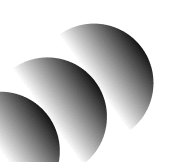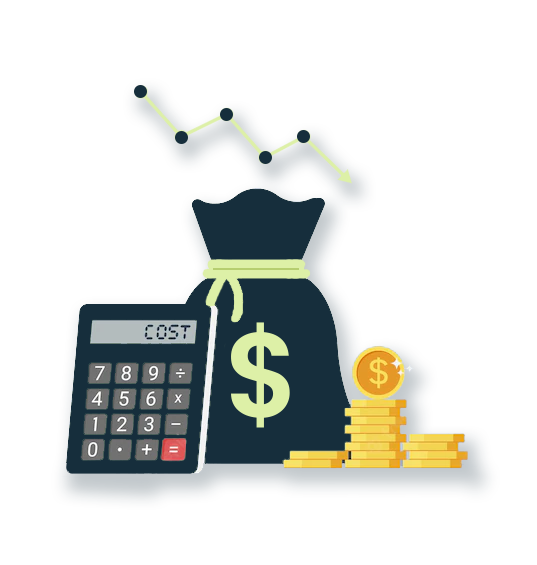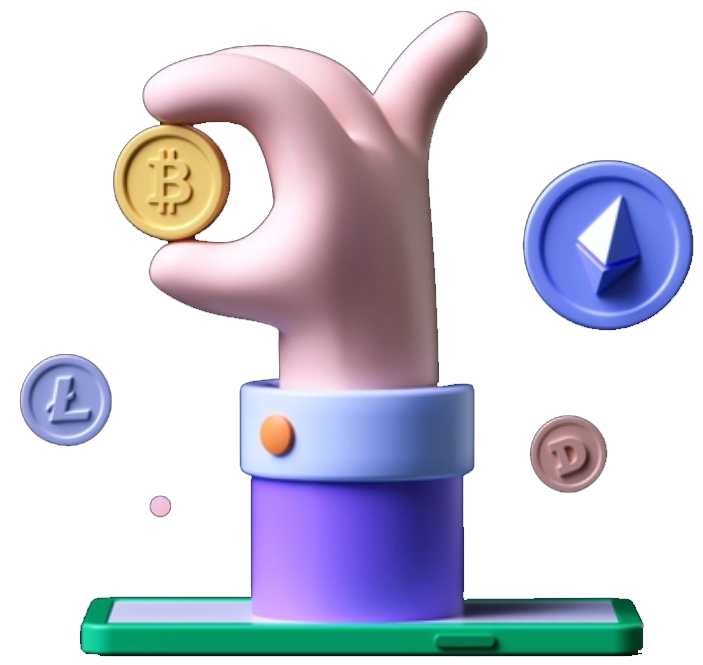
Foreign exchange, more commonly known as Forex or FX, relates to buying and selling currencies with the purpose of making profit off the changes in their value. As the biggest market in the world by far, larger than the stock market or any other, there is high liquidity in the forex market. Therefore, the forex market attracts many traders, beginners and experienced alike.
With approximately $4 trillion USD traded in the market every day, the forex market has the highest liquidity in the world. Basically, this means that one can buy almost any currency he wishes in high volumes while the market is open. The forex market is open 24 hours, 5 days a week – Monday to Friday. Trading begins with the opening of the market in Australia, Asia, Europe to follow and then the USA until the markets close.
There are hundreds of currencies in the world, and each has a three letter symbol. American Dollars are USD, Euros are EUR, Swiss Francs are CHF, British Pounds are GBP and onwards to all the currencies.
Currencies are divided into two main sorts – Major currencies and minor ones. The major currencies are derived from the most powerful economies around the globe – the US, Japan, the UK, the Euro Zone, Canada, Australia, Switzerland and New Zealand. Together with the other currencies they create forex pairs.
When going to a store to buy groceries, we need to exchange one valuable asset for another – money for milk, for example. The same goes for trading forex – we buy or sell one currency for the other. The currencies in the pairs are referred to as one against another.
There are three types of forex pairs; Major pairs, Minor pairs and Exotic pairs. The major pairs always involve the USD, and are the most traded ones. The seven major pairs are EURUSD, USDJPY, GBPUSD, USDCAD, USDCHF, AUDUSD and NZDUSD. In the minor pairs the major currencies are traded between each other, excluding the USD. These can be EURGBP, GBPJPY and others. The exotic pairs have one major currency and one minor, such as EURTRY, USDNOK and many more.



With our RAW ECN account, traders can experience some of the lowest trading costs in the industry. We fully understand the importance of keeping trading costs to a minimum, so you can realise greater profit.
Experience the difference with Loyalty Algo today.
Open Live AccountThe most popular pair traded is the Euro vs. the American Dollar, or EURUSD. The currency on the left is called the base currency, and is the one we wish to buy or sell; the one on the right is the secondary currency, and is the one we use to make the transaction. Each pair has two prices – the price for selling the base currency (ask) and a price for buying it (bid). The difference between them is called a spread, and represents the amount brokers charge to open the position. The more a currency is traded, i.e. high liquidity, its spreads will be narrower. The rarer the pair is, the wider the spreads will be, since lower liquidity usually entails increased volatility. The increased risk – consequently – entails a wider spread.
Usually a quote will be presented with four numbers after the dot, for instance 1.2356. In the case of EURUSD it means for every Euro the trader wishes to buy he will have to invest 1.2356 US dollars. Any change in the currency value will usually be seen on the fourth figure after the dot, mainly known as a PIP The spreads, gains and losses will usually be presented in pips.
Some other terms of the online forex trading world are Going long and Going short, which stand respectively for ‘buying’ and ‘selling’. A trader who speculates the market will rise is called a ‘Bullish Trader’, while on the other side stands the ‘Bearish Trader’, who is more on the defensive side. In accordance, the terms ‘Bull Market’ and ‘Bear Market’ are used to describe the way the market goes.

A bull market is on the rise, and a bear market is usually decreasing. Experienced traders will decide their strategy depending on the market trends, and will make sure to follow all relevant events so they can precede the changes in the market and gain profit.
In the past, every trader called his broker and instructed him on actions to be made. Today the trades are done directly by the client on a software, called a trading platform. Many of the platforms are Forex Templateilable for computer, internet and mobile. Every trader has his own trading strategy, and he should find the platform that will enable him to perform it in the best way possible, i.e. that he will feel most comfortable in.
Leverage is given by the broker to enable traders to hold trading positions that are larger than what one’s own capital would otherwise allow.
It is important to remember that the profits and losses are determined by the position size, and as leverage trading can magnify profits also losses can be enhanced, thus proper risk management techniques have to be used.
The forex market has high liquidity, due to an elevated supply and demand rate. Traders apply transactions based on financial events, as well as general events. Naturally, when a currency will be on a high demand, its value will raise comparing to the other currencies, and vice versa.
Financial events are frequent statements by countries, central banks or other financial institutions, on topics such as unemployment rate, manufacture numbers and many more. A decrease in a country’s unemployment rate can indicate that the economy is strong, and this can lead to an increase of the local currency.
If it’s a major one it will affect other currencies as well. Before the event takes place traders speculate on its content, and based on these speculations open positions. All the events can be seen and followed on theeconomic calendar.
Going back to the popular trading pair – the EURUSD. Once logged into the platform the trader will check the ask and bid prices; for the purpose of the example they will be 1.2356 (ask), and 1.2359 (bid). The difference, as noted, is of 3 pips and this will go to the broker.
If the trader believes the Euro will go up he will enter a ‘buy’ command. Then he will be required to select an amount – say 10,000 units. The price for that is $12,356, and using leverage it comes to $30.89. If the market responded the way the trader predicted and the Euro rose from 1.2356 to 1.2360 – 4 pips, the trader would have made a profit from this trade.
Register now a free account and you can start trading today!
Fill in your information on the account registration form.
Fund your trading account with any of the deposit method.
You're ready to trade the world's biggest capital market.